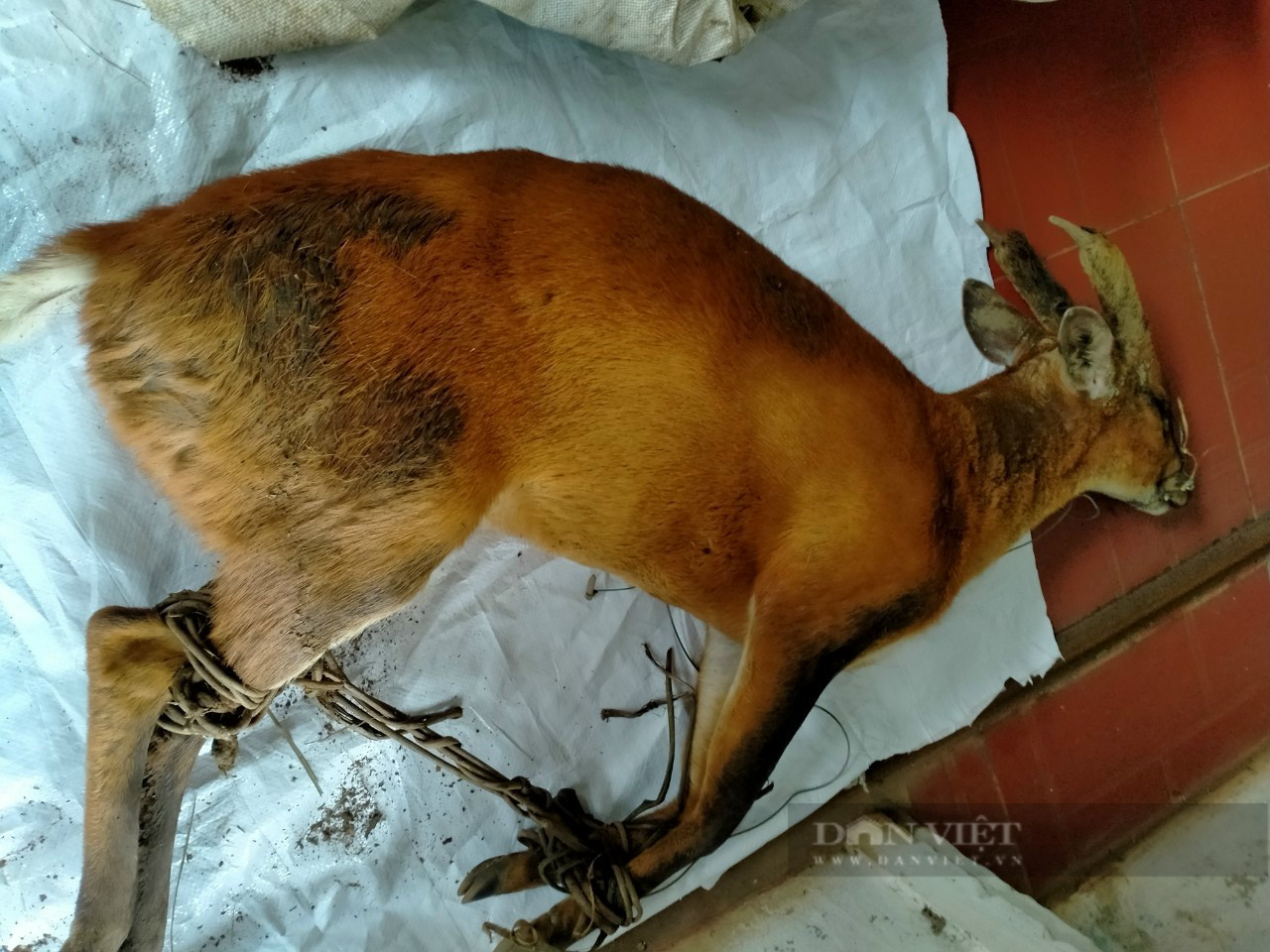
As we have analyzed, the game of advertising and trading wildlife products on the internet seems fragile and unreal. We used to think that the traffickers had consumers fooled through white lies or small exaggerations. On the contrary, the “detonators” have led wild animals straight into the lairs of the butchers to be slaughtered.
In other words, the virtual market has traded and slaughtered more wild animals than any real-world market. We have witnessed the truth and were thunderstruck by the revelation.
Blood of wild animals flowed from social media to slaughter kitchen
In Dak Nong province, after the Chairman of the Provincial People’s Committee’s decree to impose a fine of billions of VND for the illegal action of trading salamanders, it was believed that the wildlife market would die down. However, the decree only made traffickers become more careful.
An owner of a “wildlife specialty” restaurant in Dac Mil district has offered to slaughter pangolins to serve the customers after only a few transactions on social media.
The H.N restaurant nearby showed us a specially designed menu containing a list of animals banned from trading and slaughtering. When the customers expressed their disbelief, the big fat owner dragged the whole group out to see encaged cheetah, wild boar, civet, wild deer of all kinds, all being slaughtered jubilantly.
Water was boiled to skin their hair. Captured animals were soaked in blood when advertised on social media and were still in the same state when the consumers came over.
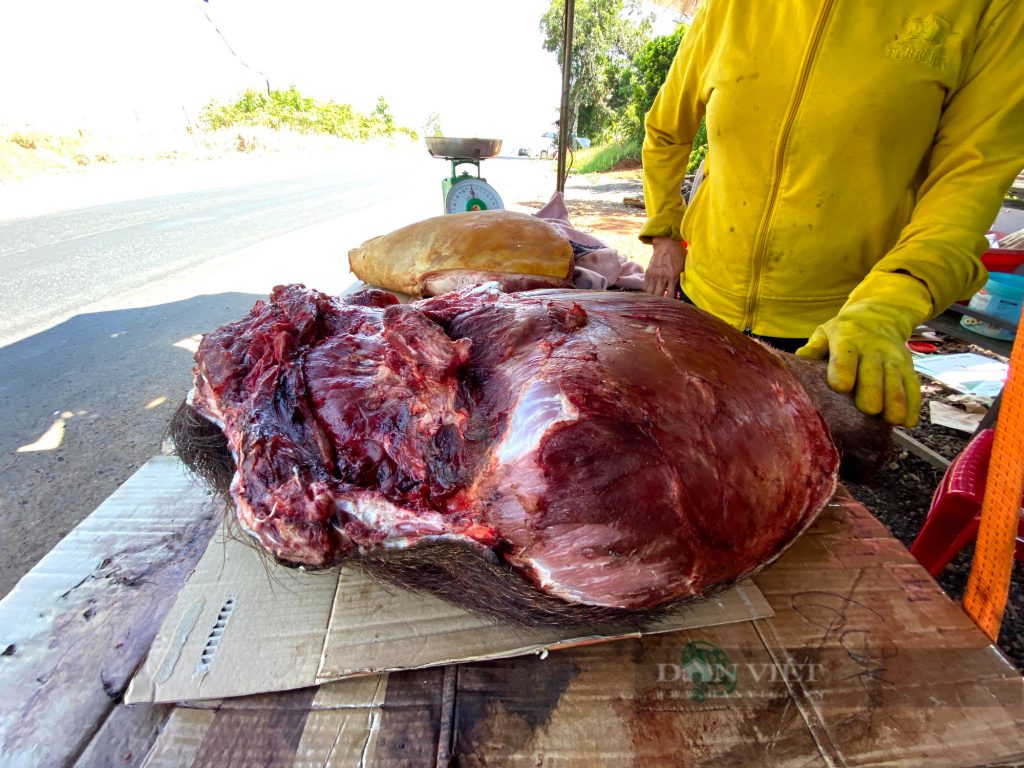
Similarly, after the fines of half a billion VND for ivory trading, the hub of animal skulls and crafted ivory has become more careful. They began to stand customers up. They set up appointments in the park or even in the cemetery to do business in a very discreet manner.
In the end, many have fled when feeling unsafe. Some ivory traders, after carefully checking their customers’ information, cautiously offered ivory pieces or ivory rings, accompanied by their analysis of the appropriate “diplomatic” methods to evade the authorities’ investigation.
What most surprised us was Quang Tri province. In Cam Lo district, we pretended to go into Q.Huong Restaurant to order some fresh food. There, we met the owner in the kitchen.
They exhibited a freezer containing thigh-sized civets and iguanas – all had their heads and tails cut off and were dismembered with blackened skins. With other rare species, especially pangolins, they were ready to bring them out upon request. Both Vietnamese and Laos forest goods were available.
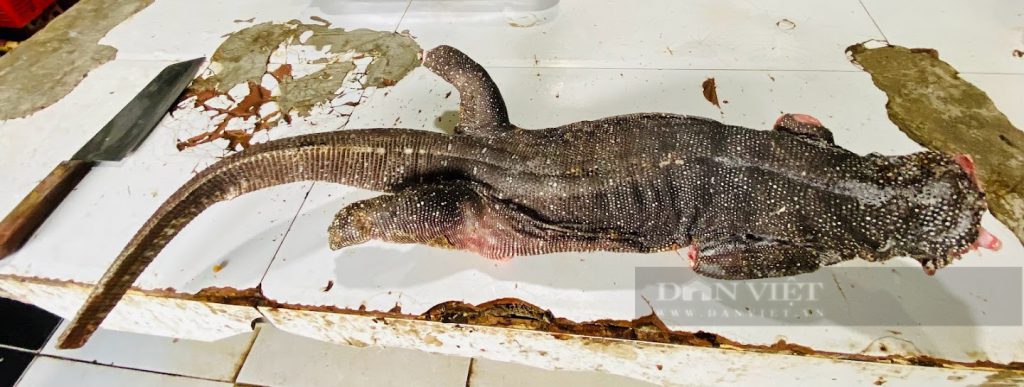
A “notorious” social media account owner in Khe Sanh, Lao Bao (Quang Tri province) has been in this field for decades. Nguyen Thi L and other ladies, all having problems with their marriages, were very friendly with the long-distance truck drivers. They were “situated” near the headquarters of a Customs unit, near the road leading to Lao Bao International Border Gate, with lots of traffic passing by.
Spent millions of VND for indigenous people to buy freezers
In the beginning, L. slaughtered bushmeat to serve customers on the spot. Gradually, she expanded her business by sending goods to truck drivers or passenger drivers which traveled across the nation. Because of close acquaintances and word of mouth, the business of the “female boss” has reached far and wide, trading hundreds of kg of wild meat a day.
There were dozens of types of meat, ranging from deer, roe deer, bear, porcupine to civet/weasel, and fresh, dried chamois. They were available in any form, such as whole or frozen goods, dead or alive meat.
What surprised us most was that L’s “center” of the freezers containing tons of wild meat was situated right on the road. Passenger cars arrived at the location and ate bushmeat dozens of times a day.
In particular, we have witnessed and recorded the scene of L placing cages of civets, weasels, don, porcupines, squirrels, and many other injured animals on the roadside. The animals were trapped in trellis cages and were fed neglectfully so that they still remained “alive” when picked by consumers. Wild animals withered in their cages, soaked in blood and covered in scabies.
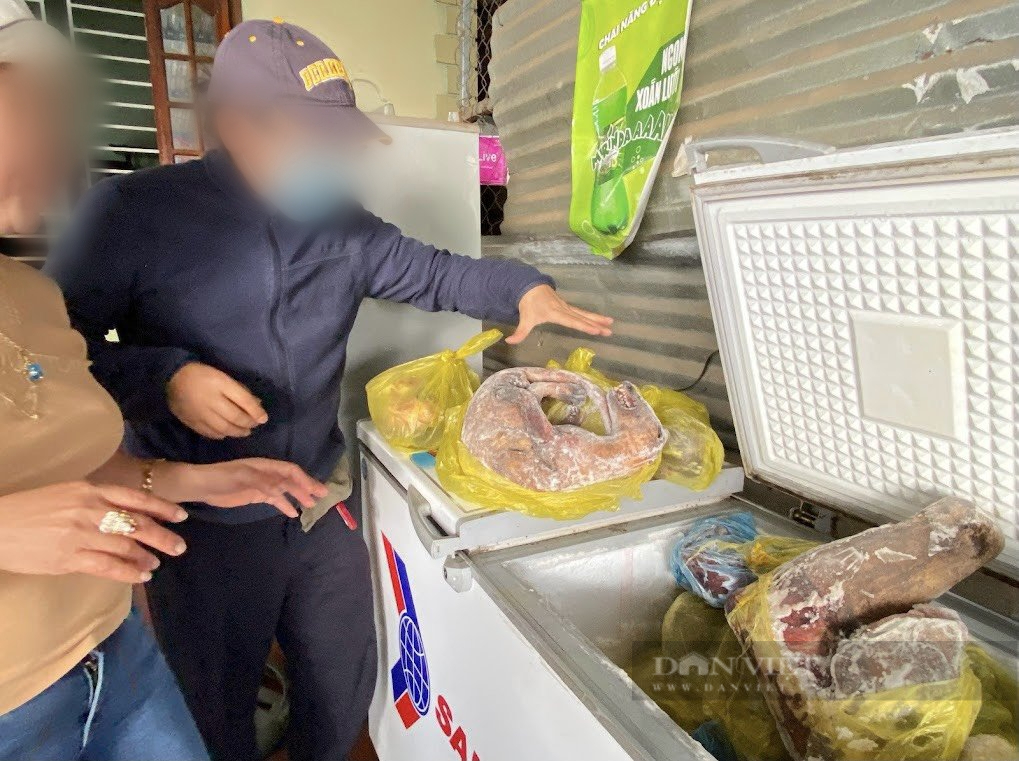
Accompanying L was Kieu, a young and beautiful girl. They both collected goods from Laos and transported the goods across the border, despite the strict quarantine measures during Covid-19. They disclosed: “We have to pay the transporters in advance, give the money for them to collect wild animals in Laos, and spend 20 million VND on buying a freezer for preservation.”
Alarmingly, without the proper measures to stop the problem, all the precious and beautiful wild animals will soon exist only in images and “fairy tales”.
The line was led by a Northern man who came here to stay with his wife’s family and opened a small shop near the border. Now, he switched to the business of “wildlife goods”, with his assistants being the “female bosses” who could forge connections with long-distance truck drivers and expand the business to social media. Their connection covered provinces such as Nam Dinh, Thai Binh, Hai Phong, and Ha Noi (places where there were many long-distance drivers and containers that went through the international border gates).
During my days in Lao Bao, I attempted to ask for a civet. I asked L how many wild animals she had collected in Laos and Vietnam that still had their furs intact and were not frozen. L told me that she could collect about 40 animals. She even sent me pictures of the freezers and slaughterhouses. When we arrived at the house, we witnessed dozens of animals lying lifelessly on the floor and in the freezers. L even invited K to welcome the customers.
We had a feeling that no one ever pursued the case or handled the illegal wildlife trade on the internet efficiently, as supposed to happen.
Not only did they post pictures onto private groups (which were all pictures taken by L and K, with new goods arriving every day), but they also published the images publicly on social media. Virtually anyone could see, buy, and contact the two girls (and others) to receive the goods at the store or anywhere else.
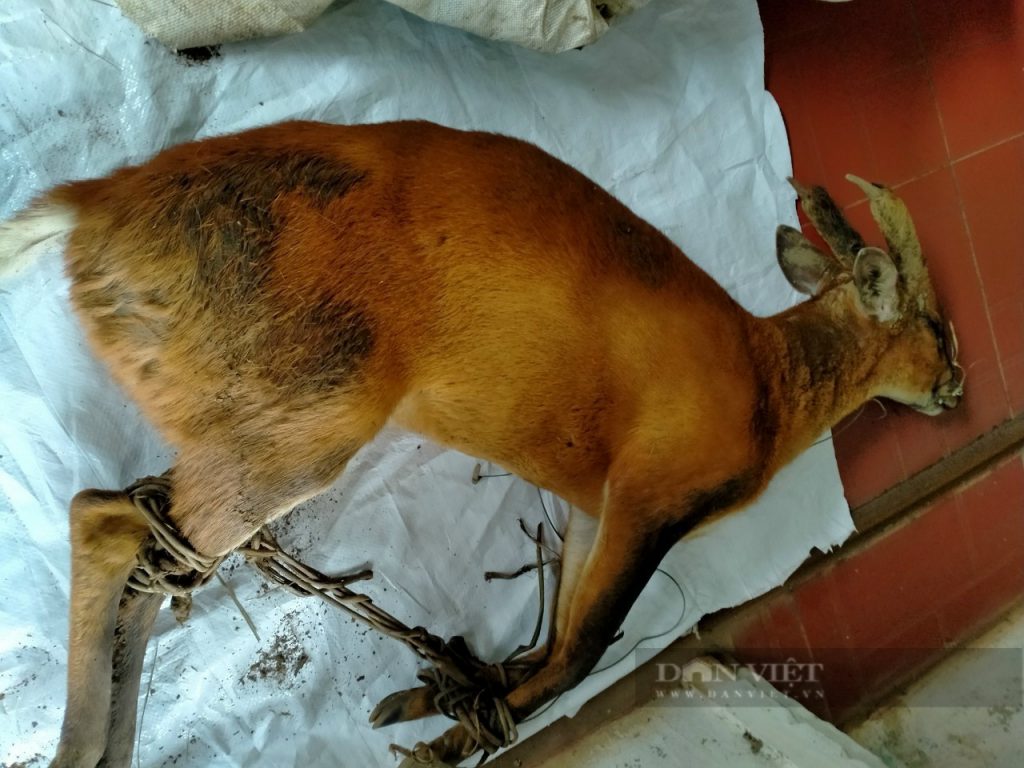
They acted in broad daylight. Of course, according to L’s statement, the authorities sometimes went out to investigate. L’s friend, Ms. H in Khe Sanh, has been fined 40 million VND for trading pangolins, which made L worry a little bit.
Scared or surprised as she was, L still publicly posted images of wildlife, displayed the wildlife onto the “trans-Asian” road, and sold the animals to some governmental departments (according to L). She had to cunningly talk to them so that she could continue with her business.
Among the Central Highlands provinces that we have surveyed, with the exception of the ivory market in Dak Lak as we have described, wild animals were slaughtered most cruelly in the Ea Soup region of Dak Lak province. As the region is near the natural reserves of Laos and Vietnam, forest goods were abundant. Tran Thi Ng, a girl who had the gift of the gab and many years of experience in the district, almost never posted pictures of forest goods in her possession online. Rather, she only posted smiling pictures of herself. Transactions only took place through personal inbox, after the introduction and meeting at Ng’s center, a pork stall in the district market.
The whole district and the authorities who came to the market for forest goods were all directed to meet Ng. Ng also admitted that she had been caught and fined for illegal wildlife trafficking so many times. Goods would be advertised if available. Customers would choose goods by scrolling through pictures. Upon order placement, the goods would be transported to Ha Noi or Sai Gon or anywhere.
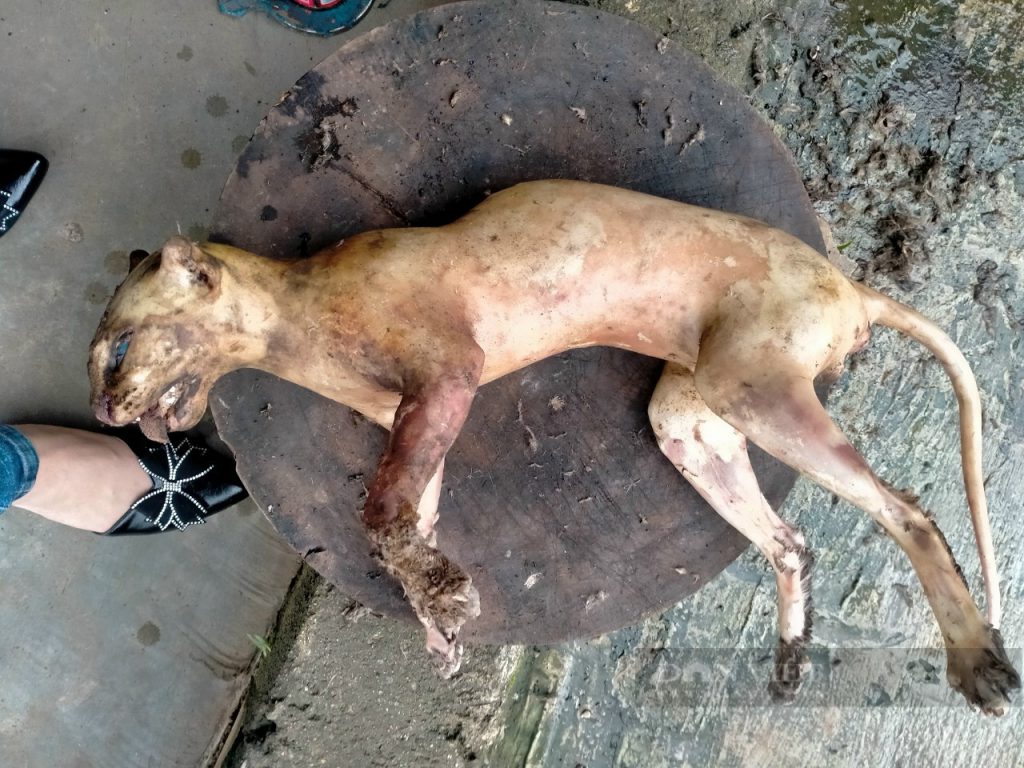
Bringing us into her house, Ng threw out the muntjac and the hairy wild boar. There were also a few wild porcupines. We could pick any animal whose price we thought was appropriate.
Confront “wildlife market”
From the lines in Central Highlands and Central Region, we accidentally bumped into a social media friend named Nguyen Xuan D, a wildlife and antique boss in the region between Ha Tinh and Quang Binh. His method was to infiltrate any groups that had rare and precious goods. D would offer his goods on the virtual market and provide his real and fake phone numbers.
Bringing us into her house, Ng threw out the muntjac and the hairy wild boar. There were also a few wild porcupines. We could pick any animal whose price we thought was appropriate.
Confront “wildlife market”
From the lines in Central Highlands and Central Region, we accidentally bumped into a social media friend named Nguyen Xuan D, a wildlife and antique boss in the region between Ha Tinh and Quang Binh. His method was to infiltrate any groups that had rare and precious goods. D would offer his goods on the virtual market and provide his real and fake phone numbers.
Whether it was a muntjac horn, a 40-cm great hornbill beak, a lantern during the subsidy period, or a king’s seal (who knew if it was real or fake), they were highly sought after by the merchants. Goods were offered, and whoever wanted to buy them would contact D. Whenever profits were made, the goods were sold.
Whether it was a muntjac horn, a 40-cm great hornbill beak, a lantern during the subsidy period, or a king’s seal (who knew if it was real or fake), they were highly sought after by the merchants. Goods were offered, and whoever wanted to buy them would contact D. Whenever profits were made, the goods were sold.
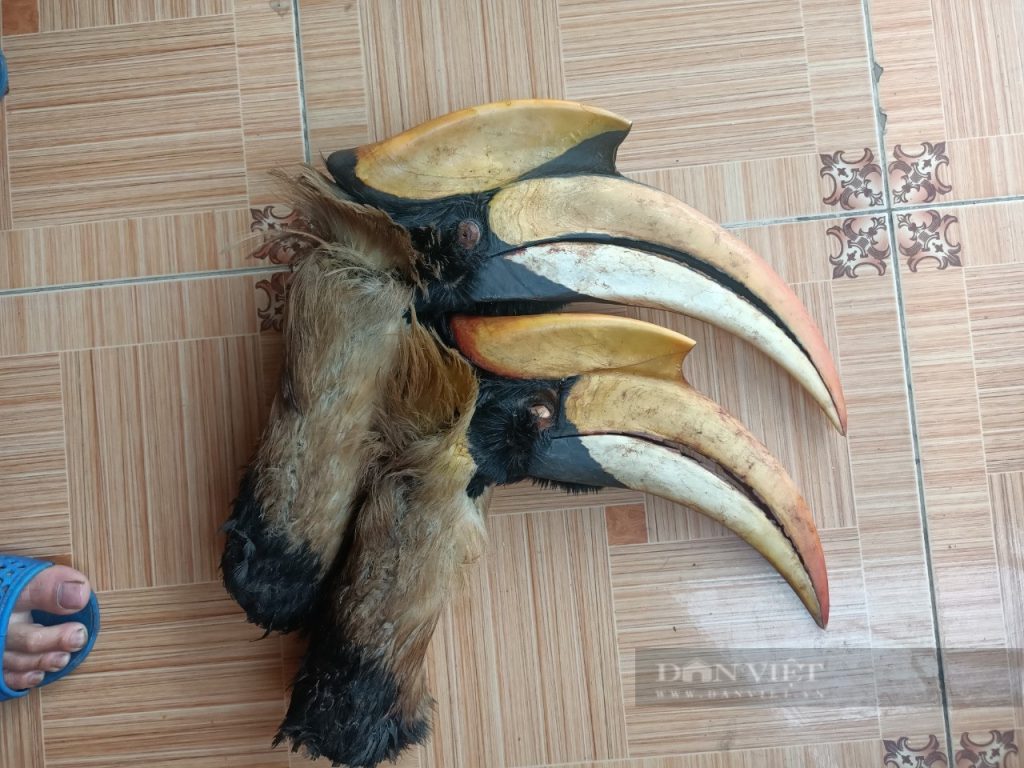
D said he was the provider for a line specialized in great hornbill peaks and oriental pied hornbill peaks. He even bought mountain tortoises and animals from Laos. Along the Ho Chi Minh trail, we tried to do a transaction with D. He led us to a market in the border region, where in the afternoon was crowded with hunters’ wives and children selling forest goods.
Girls wearing highland dresses rode motorbikes, bringing along hares, minks, and foxes with their furs still intact. A high school student still wearing the school uniform opened the bicycle basket to reveal long-necked great hornbills with a wingspan of more than 1,3m. Their heads and beaks were sold separately at exorbitant prices (they used the long and thick beak of the hornbill to “sculpt” on it, as with ivory).
The men went to the forest for weeks or even months. Any shot animal could be brought back to be sold immediately. They could pluck the animals’ hair and smoldered the animals to avoid decomposition. After their long trip through Vietnamese and Laos forests, their wives and children had something to offer for sale.
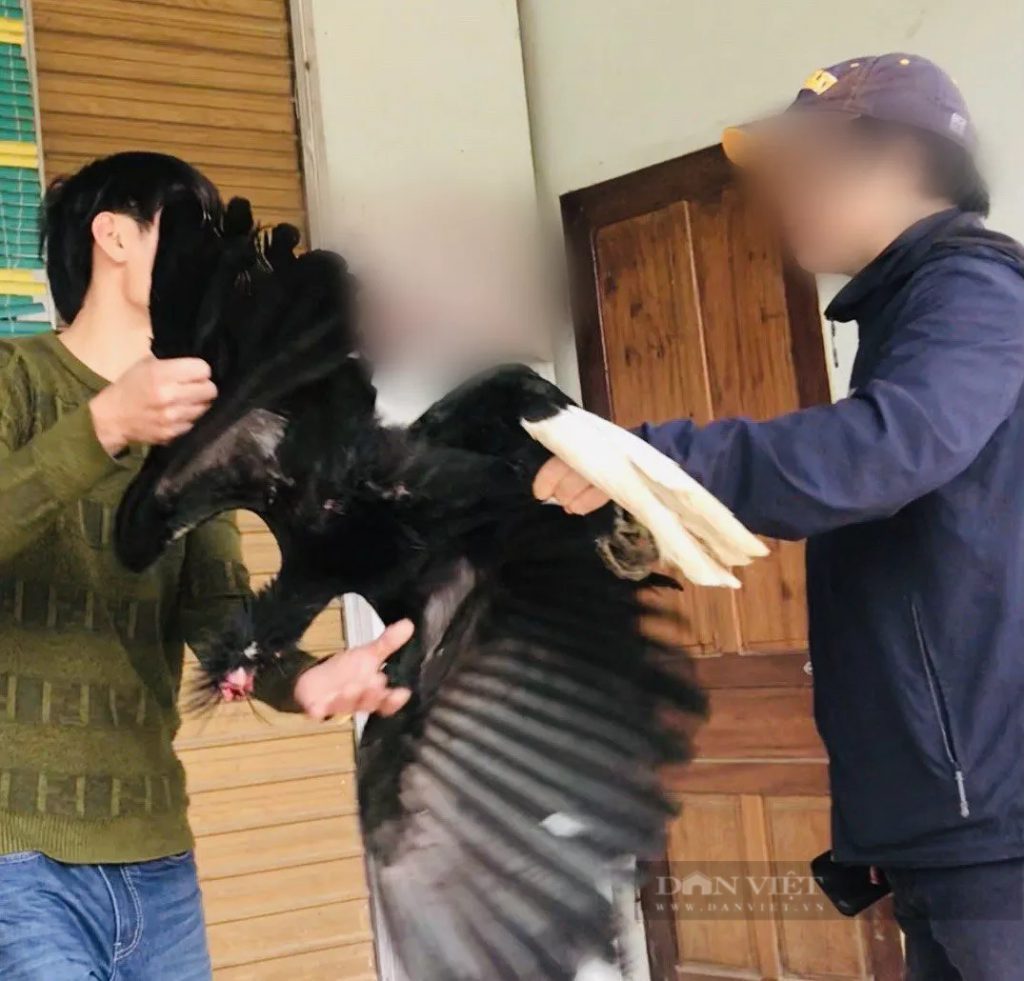
What most frightening was the scene we had witnessed in the border region between Ha Tinh and Quang Binh, which involved primates. At the pub which sold monkey and langur meat, they only differentiated the species on the basis that langurs had longer tails and limbs than monkeys. The rarity of the species and their endangered status were never taken into consideration. The selling price was not much different.
Langurs were stacked into dozens of bundles, with their hands being tied by bamboo slats onto their heads. Their hands were so long that they stretched to the top.
All primates were cut wide open. Their brains, which had been removed, were now dried. Their faces contorted in pain and their teeth were bared, indicating terror and agony.
We got lost in a kitchen counter with tons of bushmeat on bamboo stalls, including antelopes, deers, muntjacs, wild boars, civets, and monkeys. The body parts of wild animals were still intact. In the freezers, there was an abundance of animal bones and frozen bushmeat.
The whole group of hunters along with the border communes regularly supply wild animals to the suppliers every day. Customers would follow social media accounts to place their orders and make a transaction through their bank accounts.
With that “perfect” procedure, wild animals flocked to everywhere in the country, following the wheels of passenger cars. To avoid being fined and confiscated, the baby monkeys were captured alive – after their parents were slaughtered, they held their parents’ corpses, waiting to be caught – and locked in cages deep into the forest. After customers saw the photos and videos and liked the monkeys, the traffickers would go into the forest in the middle of the night and carry baby monkeys out to sell.
After buying monkeys and civets, customers were lured into buying tigers. We were brought into a house full of taxidermied tigers or tiger farms established by rich Vietnamese who invested their money in Laos to cook the tiger bones before the bones were transported to Vietnam for sale. We were overwhelmed with terror while taking a tour around the house of these bosses.
If the authorities really handled the problem, no “virtual market” would have existed!
Indeed, having investigated this field for many years, we could not easily infiltrate the “bizarre lairs” as we had described earlier. This was due to the fact that the bosses only showcased a part of their goods if a large transaction was available.
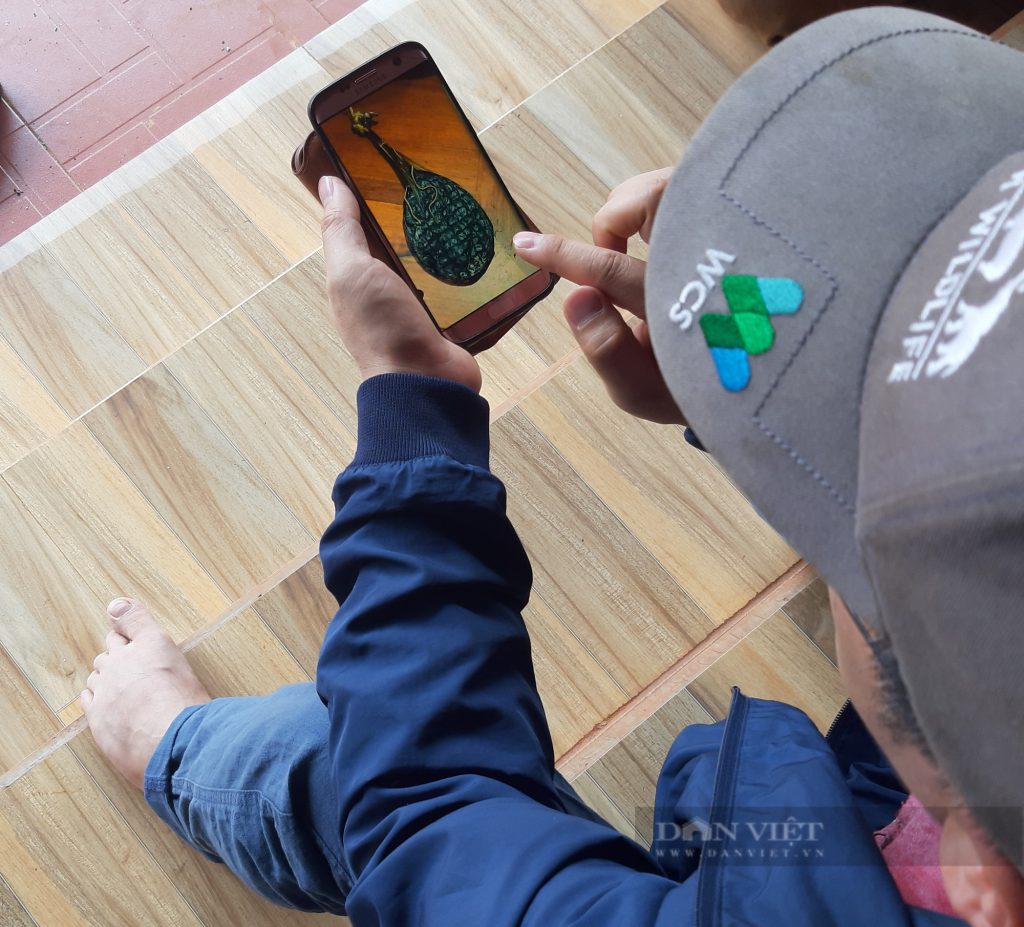
When it comes to the “internet market”, we have traveled to all kinds of places and witnessed all things that traffickers showcased, with the belief that no one could convict them. Thus, our materials have truly reflected every crook and cranny of the slaughter of wildlife that serves to satisfy the cruel demands of “forest-goods-holics”. The goods were not only consumed in Vietnam but were also transported to other countries.
Not only did we see the images on the screen, but we also traveled to the exact place and met every trafficker, witnessing everything as they had advertised. We have witnessed them conducting their usual business publicly, without the need to hide.
Or, the discretion was not enough to hide from investigating officers, if we actually cared to handle the problem. As we have analysed, the transaction and delivery did actually take place in real life, with money being exchanged and goods being delivered. If customers called, they would pick up. If customers texted, they would answer. For profits, they were really attached to the customers. Again, even advertising wildlife products is illegal, without the need to prove whether the goods are illegal or in large quantities.
If the authorities really intervene, the problem can be completely prevented upon verifying the phone numbers and social media accounts of the violators of the Penal Code. Then, the puzzle is solved, which explains why normal citizens cannot easily purchase guns or heroin online.
If we impose strict punishments and closely pursue the cases, no violations would have slipped through the eyes of the authorities (especially in cases of public display and advertisement).
Thus, why violations such as the shipping of tigers to houses; the sales of dozens of slaughtered precious langurs, with their brains being dried; the sale of tortoises, great hornbills, salamanders, pangolins (which can be easily prosecuted); are still blatant and widespread? The goods can be easily obtained through the internet, a few phone calls, and order placement. There are even shippers for the goods, and payment is only made after goods inspection.
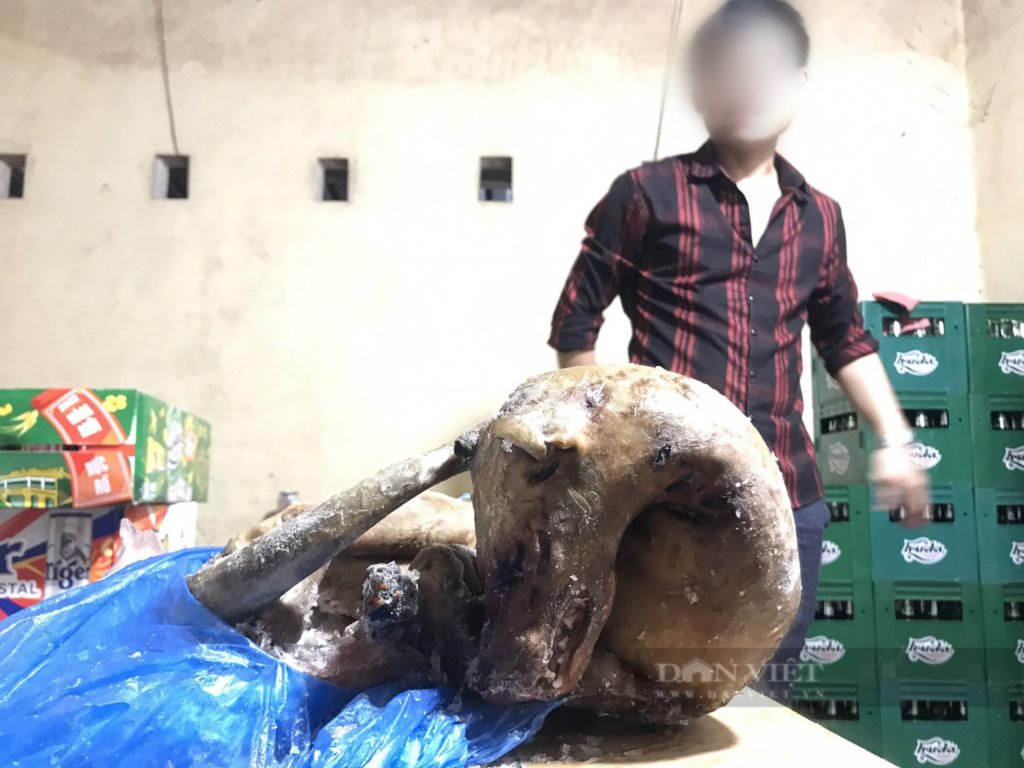
According to our investigation, in accordance with Vietnamese laws and the international conventions to which Vietnam is a member, it can clearly be seen that if we want to eliminate the wildlife trade on the internet, it is not insurmountable.
Therefore, the problem here is the need for determination from all sides and the need for an improvement in the efficiency of law enforcement, which will ultimately bring about a shared value of peace for the community and for the advancement of mankind. This is especially true given the spread of the Covid-19 pandemic, in which wildlife is the host for the transmission of dangerous diseases such as SARS, Ebola, and Covid-19,…
In our investigation of the wildlife trade on the internet, we have infiltrated many lairs, recording videos, taking pictures, and reporting to the police many bosses. However, during our journey, we have come to realize the terrifying power of “social media tools” when they are used for illegal purposes that threaten biodiversity and bring society on the brink of dangerous diseases transmission whose hosts are wildlife animals. You could not easily have witnessed such brutal actions as those displayed on social media.
A whole floor is covered with processed tiger skins. A factory is full of taxidermied tigers for exportation. The whole set of the 4 limbs of bears, tigers, and lions that have been stripped of their skin, entangled with bones and claws is put for sale. Tiger bones are cooked rigorously in the kitchen, while in the kitchen area holds dozens of tiger corpses lying lifelessly.
In every nook and cranny, workers are slaughtering wild animals to deliver to customers across the country. We have witnessed every picture in this article with our own eyes. They are true.
Source: Dan Viet News


